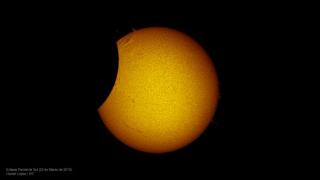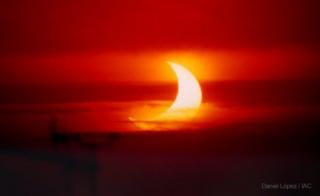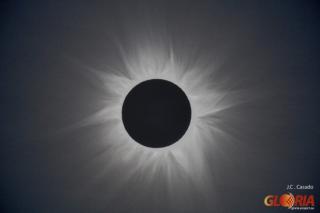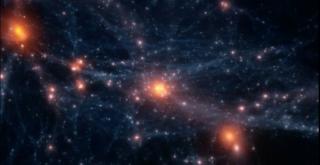
A prototype of the large telescope LST of this array will be installed at Roque de los Muchachos Observatory under an agreement between the IAC and the University of Tokyo
Advertised on
This section includes scientific and technological news from the IAC and its Observatories, as well as press releases on scientific and technological results, astronomical events, educational projects, outreach activities and institutional events.





